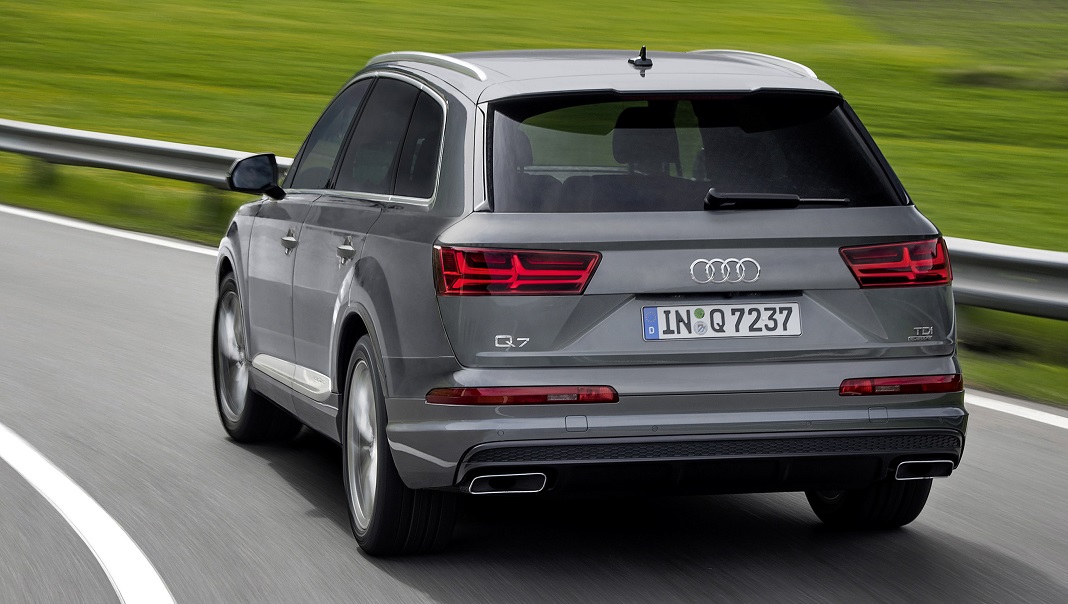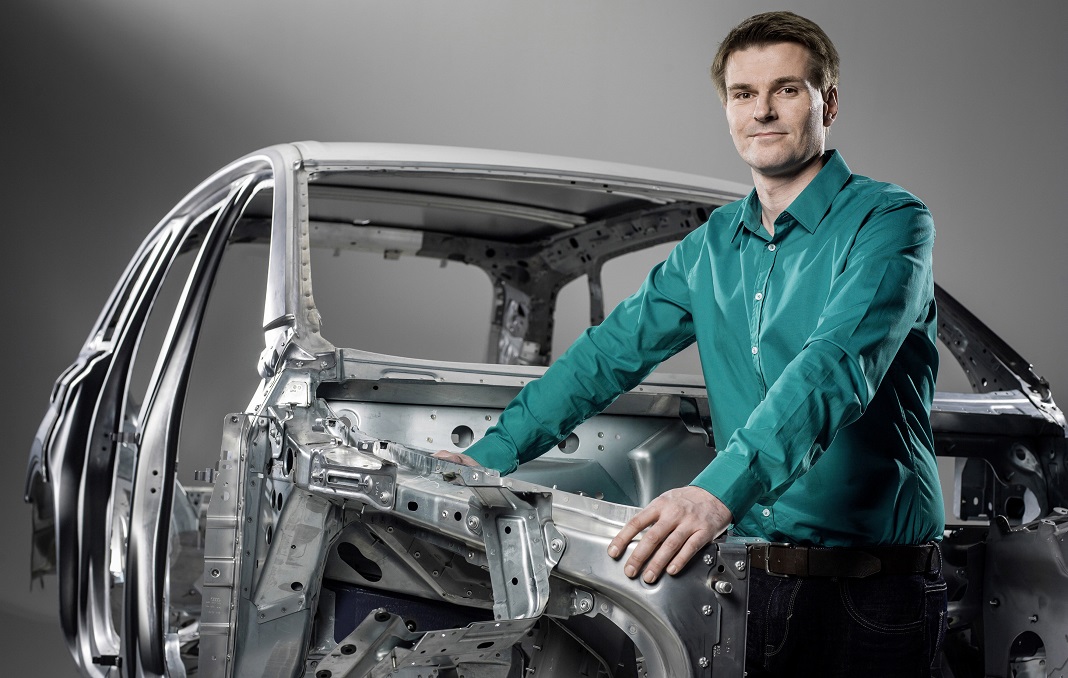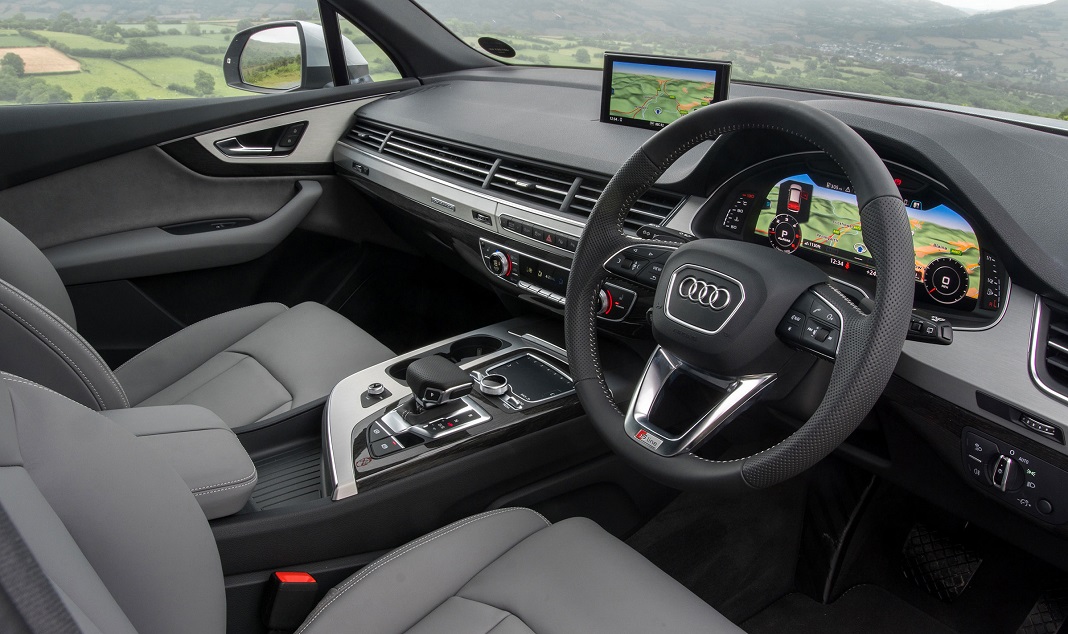Meh. We wouldn’t fault you if that was your reaction after looking at the all-new (yes, really) Audi Q7 for the first time. Up close, it does look a bit more fetching in the flesh…but not by much. To be perfectly fair to Audi, the original Q7 that debuted back in 2005 didn’t exactly turn heads either, but it lived a long and prosperous model life (10 years), and was even garnering decent sales numbers towards the end of its tenure.
For a replacement model, the expectation for the second iteration to look more interesting isn’t unreasonable, after all, the competition, though not that many of them (e.g. BMW X5, Mercedes-Benz M-Class, Volvo XC90, etc), doesn’t stand still. So to see Ver. 2.0 playing it so safe and looking rather similar to its predecessor was a surprise. Surely, we must be missing a trick or two.
They’ve added lightness
Prepare to hear a lot about weight reduction as Audi goes about overhauling its current range, it’s as if the engineers have taken a leaf out of Colin Chapman’s ethos of building cars – to add lightness. Passenger cars going on a diet isn’t new, but it’s probably one of the most challenging undertakings as the reduction of kerb weight necessitates the use of more expensive lightweight substitutes (e.g. aluminium, titanium, etc.) and re-engineering of components.
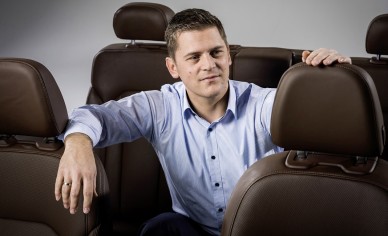 In the new Q7, the bonnet, fenders, doors and rear hatch are made of aluminium, as are the major components of the front axle, even the brake pedal. The monocoque chassis employs more high tensile steel than ever and is 71kg lighter than the first-generation Q7’s, with other major savings hailing from the exhaust system, transmission, rear axle, cooling system, even the seats are lighter by some 19kg.
In the new Q7, the bonnet, fenders, doors and rear hatch are made of aluminium, as are the major components of the front axle, even the brake pedal. The monocoque chassis employs more high tensile steel than ever and is 71kg lighter than the first-generation Q7’s, with other major savings hailing from the exhaust system, transmission, rear axle, cooling system, even the seats are lighter by some 19kg.
 325, and it isn’t a BMW
325, and it isn’t a BMW
The numerals “325” are bandied about freely in the Q7’s communication materials, nothing to do with BMW mind you, but that’s how much been saved on the new Q7 against its predecessor in kilograms, and 325kg worth is almost unheard of in a replacement model that meets the latest safety regulations yet retains similar dimensions. There are of course some weight variances depending on trim level and engines, but the Q7’s dieting programme has allowed the base variant of the 3.0-litre V6 TDI variant (not sold here) to weigh in at under two tonnes. For a large three-row SUV, that’s a major achievement.
To put all of this into perspective, let’s see how sole Q7 variant recently introduced in Malaysia, the Q7 3.0L TFSI Quattro, fares against competitors at the scales:
Audi Q7 3.0 TSFI Quattro (2,030kg)
BMW X5 xDrive35i (2,105kg)
Mercedes-Benz ML350 (2,130kg)
Land Rover Discovery 3.0L SDV6 (2,570kg)
Volvo XC90 T8 PHEV (2,343kg)
But how do you sell “lightness”?
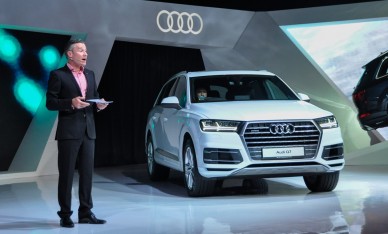 This is probably as difficult a task as what the engineers went through: how does one communicate “lightness” so as to appeal to a layperson? Unlike having a hybrid powertrain or laser headlamps, weight reduction is neither as tangible nor as sexy a feature to tout. Yes, the rewards of having a lower kerb weight is usually manifested in better fuel economy, road holding, even comfort, but will luxury SUV buyers make the connection? This is obviously a challenge for marketers to figure out as there are no simple answers, but it doesn’t detract from the impressive engineering feat that the Audi boffins managed to achieve underneath the aluminium skin of the Q7.
This is probably as difficult a task as what the engineers went through: how does one communicate “lightness” so as to appeal to a layperson? Unlike having a hybrid powertrain or laser headlamps, weight reduction is neither as tangible nor as sexy a feature to tout. Yes, the rewards of having a lower kerb weight is usually manifested in better fuel economy, road holding, even comfort, but will luxury SUV buyers make the connection? This is obviously a challenge for marketers to figure out as there are no simple answers, but it doesn’t detract from the impressive engineering feat that the Audi boffins managed to achieve underneath the aluminium skin of the Q7.
Audi Q7 3.0 TSFI Quattro
Price: RM589,900 (w/o insurance)
Engine: 3.0-litre, supercharged V6 petrol, AWD
Output: 333hp @ 5,500rpm 440Nm @ 2,900-5,300rpm
Transmission: 8-sp auto w/shift paddles
Performance: 0-100km/h in 6.3 seconds, top speed 250km/h (limited)
Fuel efficiency: 12.7 km/l (combined cycle)
Wheels/tyres: 20in alloys, 285/45 R20
Safety: 8-airbags, Electronic Stability Control
Warranty: 4-year or 120,000km

